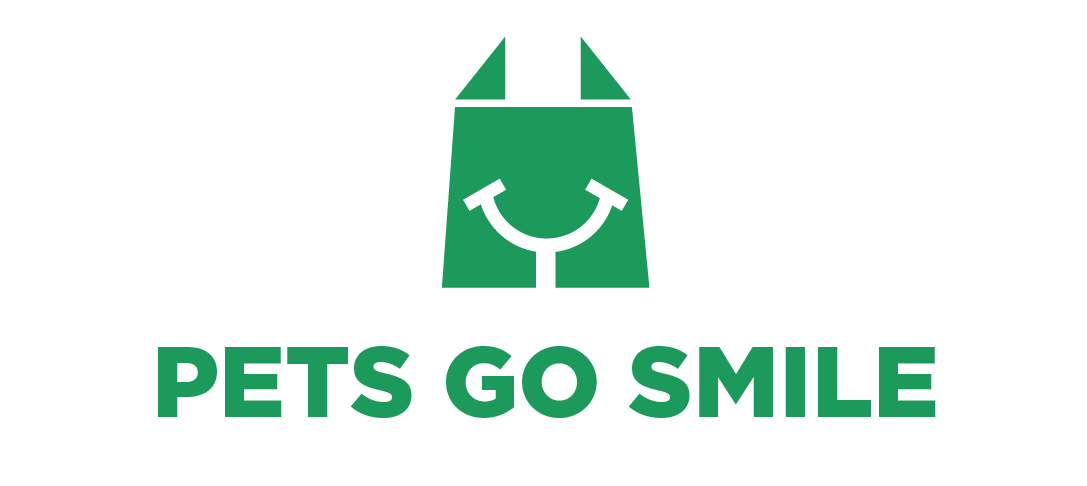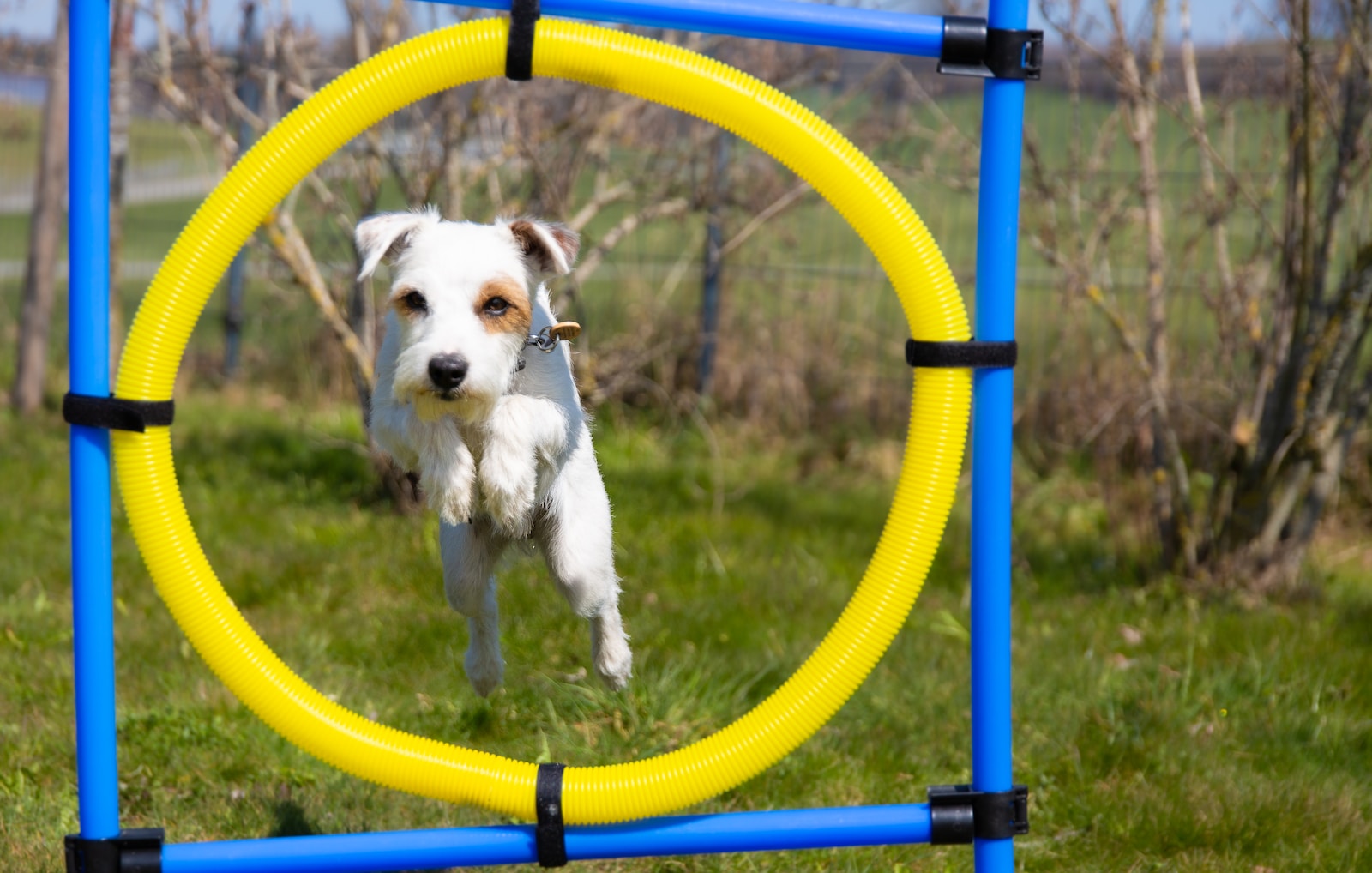In the pet industry, toys are an essential part of a pet’s life.
They provide entertainment and mental stimulation while helping to build strong bonds between pets and their owners.
However, the evolution of pet toys has come a long way since they first appeared in the market.
Today, manufacturers have developed innovative products that meet the needs of all types of animals, from cats to dogs to horses.
In this article, we will explore how far pet toy manufacturing has come by speaking with some of today’s leading companies in the industry about their latest developments and what trends they see for the future.
We will also discuss how these advancements can benefit both pets and their owners alike. So let’s dive right in!
The Importance of Pet Toys
Benefits of Pet Toys
1. Physical exercise and mental stimulation
Pet toys play a crucial role in providing pets with the necessary physical exercise and mental stimulation they need for their overall well-being.
Regular playtime with toys helps pets to burn off excess energy, maintain a healthy weight, and improve their cardiovascular health.
Additionally, interactive toys and puzzle toys engage pets mentally, challenging their problem-solving abilities and keeping their minds sharp.
Pet owners can encourage physical activity by using toys that encourage active play, such as fetch toys, tug-of-war ropes, and interactive toys that require the owner and pets to chase and pounce.
By incorporating these toys into their pets’ daily routines, owners can ensure that their furry friends remain active and mentally stimulated.
2. Stress relief and anxiety reduction
Pets can experience stress and anxiety. Pet toys serve as effective tools for stress relief and anxiety reduction.
Chewing toys, for example, provide a healthy outlet for pets to release their pent-up energy and alleviate stress. Toys that are infused with calming scents or have soothing textures can also help calm anxious pets.
Furthermore, interactive toys that provide mental challenges and distractions can redirect a pet’s attention away from stressful situations.
Pet owners should choose toys that are specifically designed to promote relaxation and provide comfort to their pets.
3. Development of problem-solving skills
Pets, especially dogs, have a natural instinct to solve problems and puzzles. Pet toys that require problem-solving skills can help stimulate their cognitive abilities and keep their minds sharp.
Interactive treat-dispensing cat toys can, for instance, challenge pets to figure out how to access the treats by solving puzzles or manipulating the toy.
These toys encourage pets to think critically and develop problem-solving strategies.
To enhance problem-solving skills, pet owners can introduce toys with varying difficulty levels, gradually increasing the complexity as their pets become more adept.
Regular play with these toys not only entertains pets but also promotes their intellectual growth and mental agility.
Impact of pet or dog toy industry on pet owners
1. Strengthening the human-animal bond
The pet toy industry plays a significant role in strengthening the bond between pet owners and their furry companions.
Engaging in playtime activities with toys allows owners to interact and connect with their pets on a deeper level.
The shared joy and laughter during playtime create positive associations and build trust between pets and their owners.
2. Promoting healthy behavior and preventing destructive habits:
Appropriate pet toys are essential tools in promoting healthy behavior and redirecting destructive habits.
Pets, especially puppies and younger dogs, may engage in destructive chewing or scratching behaviors when they are bored or under-stimulated.
By providing them with suitable toys to chew on or scratch, dog owners can redirect these natural behaviors to more appropriate outlets.
Interactive toys that reward positive behaviors, such as obedience or problem-solving, can reinforce good habits and discourage unwanted behaviors.
Pet owners should select toys that are durable, safe, and specifically designed to cater to their pet’s needs and instincts, thereby promoting a harmonious living environment.
3. Enriching the pet’s quality of life
The pet toy industry plays a vital role in enriching the quality of life for pets. Toys provide entertainment, mental stimulation, and companionship when owners are away.
Engaging with toys prevents pets from feeling lonely or bored, reducing the risk of developing behavioral issues associated with isolation.
Interactive toys, such as puzzle toys and treat-dispensing toys, offer mental challenges that prevent cognitive decline and keep pets mentally active.
Additionally, toys that encourage physical activity contribute to a healthier lifestyle, which can improve a pet’s overall well-being and longevity.
The Evolution of Pet Toys
Historical Overview of the Pet Toys Market
In the past, traditional pet toys primarily consisted of simple items such as balls, ropes, and squeaky toys.
These toys served the purpose of providing pets with physical exercise and entertainment.
They were typically made from basic materials like rubber, fabric, or plastic. While these toys were popular, they lacked the interactive and engaging features seen in modern pet toys.
Over time, the pet toy industry has experienced a significant shift towards more innovative and interactive toys.
Pet owners now seek toys that can keep their pets mentally stimulated and provide a more enriching playtime experience. This has led to the introduction of a wide variety of toys, including puzzle toys, treat-dispensing plush toys, and electronic toys.
These toys are designed to challenge pets, engage their problem-solving abilities, and offer a greater level of interactivity, resulting in a more enjoyable playtime for both pets and owners.
Technological Advancements in Pet Toys
The pet toy industry has witnessed remarkable advancements in technology, leading to the creation of smart toys and treat-dispensing devices.
Smart toys are equipped with sensors, lights, and sound effects that respond to a pet’s actions, providing an interactive and dynamic play experience.
Treat-dispensing devices use technology to dispense treats at scheduled intervals or through remote control, allowing owners to engage with their pets even when they are not physically present.
These technological innovations have revolutionized the way pets play, introducing a new level of engagement and entertainment.
The integration of technology in pet toys has numerous benefits in enhancing the pet’s playtime experience.
Smart toys and treat-dispensing devices can keep pets mentally stimulated, providing a challenge that promotes problem-solving skills.
These toys can also alleviate separation anxiety by engaging pets in interactive play, even when their owners are away. Moreover, technology-enabled toys can offer customization options, allowing pet owners to tailor the play experience to their pet’s preferences.
Sustainable and Eco-Friendly Trends of Pet Toys
In recent years, there has been a significant surge in the demand for environmentally conscious pet toys.
Pet owners are increasingly mindful of the impact of consumer choices on the environment.
They seek toys that are made from sustainable materials, free from harmful chemicals, and have minimal carbon footprints.
This growing awareness has prompted pet toy manufacturers to prioritize eco-friendly practices and develop products that align with these sustainability goals.
To meet the demand for eco-friendly pet toys, manufacturers are adopting sustainable materials and manufacturing practices.
This includes using recycled materials, organic fabrics, and natural fibers in the production of pet toys.
Additionally, some manufacturers prioritize ethical sourcing and fair trade practices, ensuring that their products are environmentally friendly throughout the entire supply chain.
By embracing sustainable materials and manufacturing processes, the pet toy industry is actively contributing to reducing environmental impact and promoting a greener future for pets and their owners.
Collaboration Opportunities for Pet Toy Manufacturers
Partnering with Pet Food Businesses
Collaborating with pet food businesses presents a valuable opportunity for pet toy manufacturers to cross-promote their line of products.
By bundling pet toys with pet food products, manufacturers can offer attractive packages that appeal to pet owners looking for a comprehensive solution.
This collaboration allows pet toy manufacturers to tap into the existing customer base of pet food businesses and increase their brand exposure.
Additionally, bundling products can incentivize customers to make larger purchases and drive sales for both pet food and toy products.
Pet toy manufacturers and pet food businesses can leverage joint marketing campaigns and co-branded initiatives to maximize their business reach and impact.
Collaborative advertising, social media campaigns, and promotional events can create a synergy between the two industries, generating increased brand awareness and customer engagement.
Co-branded initiatives, such as exclusive dog toy markets and collections inspired by popular pet food brands, can enhance the perceived value of the products and attract the attention of pet owners.
Collaboration with Vet Clinics
Vet-approved toys play a crucial role in promoting pet health and well-being. These toys are specifically designed to further pet ownership and meet the safety and health requirements set by veterinary professionals.
By collaborating with vet clinics, pet toy manufacturers can emphasize the importance of using safe and appropriate toys for pets.
Vet clinics can recommend and endorse specific toy brands or types, giving manufacturers a stamp of approval that instills trust and credibility among pet owners.
Such collaborations help pet toy manufacturers establish themselves as reliable partners in pet health and create a positive association with veterinary care.
Collaborating with vet clinics provides pet toy manufacturers with an opportunity to promote their products directly to pet owners seeking professional advice and recommendations.
Manufacturers can offer samples or educational materials about their toys at vet clinics, allowing pet owners to experience the benefits firsthand.
Manufacturers can also sponsor educational seminars or workshops on pet toy safety and selection, further establishing their expertise in the field.
By partnering with vet clinics, pet toy manufacturers can enhance their brand reputation and increase their visibility in a trusted and influential environment.
Distribution through Pet Supply Stores
Partnering with pet supply and pet stores opened up enables pet toy manufacturers to expand their distribution network and reach a larger customer base.
Pet supply stores serve as convenient one-stop shops for pet owners, providing a wide range of pet products.
By collaborating with these department stores together, manufacturers can showcase their products to a diverse audience and increase their market presence.
Additionally, pet supply stores often have established relationships with pet owners and can provide valuable insights and feedback on consumer preferences, helping manufacturers tailor their products to meet market demands.
Collaborating with pet supply stores opens up opportunities for in-store displays and exclusive product lines.
Eye-catching displays and product placements in prominent areas can capture the attention of pet owners and drive impulse purchases.
Manufacturers can also work with pet supply and pet stores, to create exclusive product lines or limited editions, offering unique and differentiated offerings that attract customers.
These collaborations not only increase sales but also create a sense of exclusivity and desirability around the brand.
Future Trends and Opportunities
In the coming years, pet toy manufacturers will continue to prioritize sustainability in their products and operations.
The industry is likely to see an increase in eco-friendly materials such as recycled plastics and natural fibers.
Additionally, more manufacturers are expected to adopt ethical sourcing practices to ensure that their products are environmentally friendly throughout the entire supply chain.
Pet toy manufacturers are creating products that are better for the environment.
They use materials such as recycled plastic and natural fibers instead of harmful chemicals. To make sure their toys are safe, some companies check where they get their materials from and make sure it is an ethical source.
Pet toy companies can also work with pet food businesses to give people packages with both pet food and toys in them which makes people more likely to buy both products.
They can also work with vet clinics to show how important it is to have safe chew toys that help keep pets healthy.
Finally, they can collaborate with pet supply stores so they have more places where people can find their toys and learn about them. In the future, look for even more eco-friendly dog toys too!
Takeaways
In conclusion, pet toy manufacturers have a wide range of collaboration opportunities available to them. By partnering with pet food businesses, vet clinics, and pet supply stores they can increase their visibility and reach more customers.
Additionally, manufacturers are encouraged to focus on sustainability in order to create products that are better for the environment.
With these tips in mind, we hope you’re feeling inspired and ready to start creating your own eco-friendly pet toys!





